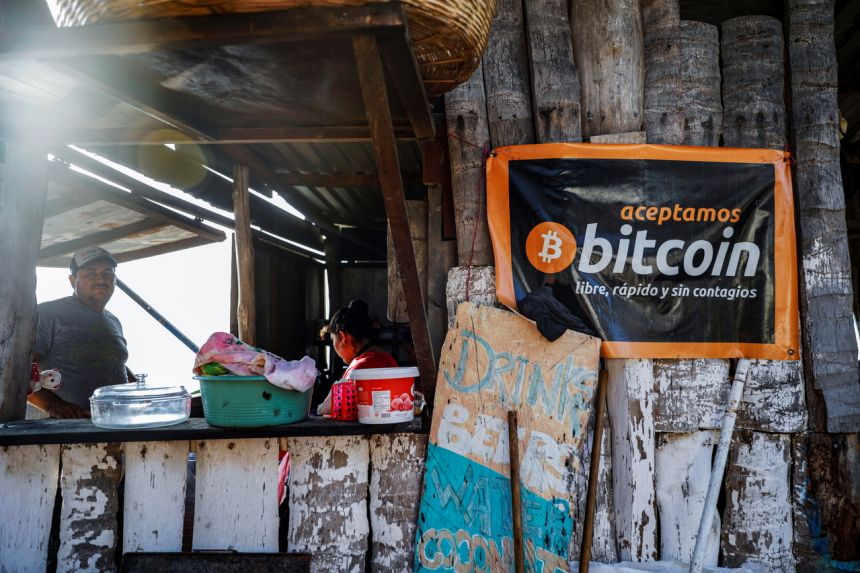Pundi X is a blockchain platform that wants to simplify the use of cryptocurrencies in everyday life. Its goal is to become the Walmart of cryptocurrency purchases by enabling users to buy and use cryptocurrencies anywhere and at any time. The project is concentrating its initial efforts on South East Asia, specifically Indonesia, before expanding to the rest of the world. With up to 80% of the Indonesian population still unbanked, Pundi X CEO Zac Cheah believes the country is ripe for cryptocurrency disruption.
The Pundi X team plans to spend the next two years building coverage in Indonesian convenience stores, chain outlets, restaurants, shopping malls, etc. through a decentralized point-of-sale system called XPOS. They also plan to launch an app that can bring coverage to smaller sellers. You can learn more about the team behind this project here.
How Pundi X Works
A core problem that hinders the mainstream adoption of cryptocurrencies is the lack of simple ways to actually use them to make purchases. The Pundi X platform plans to reduce the complexity of handling cryptocurrencies in three ways:
XWallet – Pundi X features a mobile wallet called XWallet that handles private and public keys using a password-based system that non-technical users will find familiar. Users can use the wallet app to directly buy or sell cryptocurrencies for cash, send money to other users (like PayPal), and buy utilities and services.
XPASS card – The XPASS card is the second layer in reducing user complexity. It can be used together with XWallet to pay for goods and services through the XPOS system. Users can transfer cryptocurrencies bought on XWallet to the XPASS card and use them to make payments at retail shops that support XPOS.
Pundi platform – The Pundi X platform is the final layer in solving the complexity issue. It is a reference implementation stack that allows merchants to integrate Pundi X’s XPOS system into their existing PoS terminal. Merchants will be able to accept payments in cryptocurrencies when made by the XPASS card or the XWallet app.
XPOS System
XPOS is Pundi X’s decentralized point-of-sale (POS) system that has a software (for Android and iOS devices) and hardware implementation. It facilities cryptocurrency transactions and also accepts transactions from the Pundi X mobile wallet and XPASS card. XPOS has the following features:
– Accepts cryptocurrencies as payment.
– Enables the buying and selling of cryptocurrencies.
– Supports BTC, ETH, XPS, XEM, QTUM, ACT, XLM, and more.
– Supports crypto wallets for payments, including XWallet, NEM Wallet, Qbao, and more.
– Supports a loyalty management system.
– Supports crypto payment cards, such as the Pundi XPASS card.
– Provides a gateway for financial service providers.
– Supports mobile payment apps like Pundi-Pundi, Alipay, Go-Pay, E2Pay, and WeChat Pay.
To incentivize its adoption, retailers who use XPOS will have their service fee waived for one year. Pundi X will also reward qualified global brand retailers for enabling their customers to complete transactions using the system.
Customers can earn free Pundi X tokens for making purchases using XPOS, which they can redeem during their next purchase. The redeemable value of the tokens will be based on their current market price.
Pundi X plans to continue expanding the list of cryptocurrencies the service accepts. Merchants will be able to access their preferred settlement cryptocurrencies through the Pundi X platform. To facilitate the sale of cryptocurrencies, the XPOS devices will connect to different online exchanges with various price levels and bid-ask spreads. Users and merchants can choose an exchange that best suits their individual needs.
As of August 1, 2018, just over 5,000 XPOS devices have been shipped to Brazil, Switzerland, UK, Korea, Hong Kong, Singapore, and Indonesia. The developers hope to roll out a minimum of 100,000 units by February 2021. You can see a list of businesses around the world that use XPOS here.
NPXS vs. NPXSNEM
NPXS is Pundi X’s native utility token. It is used as fuel for transactions in the ecosystem and payment for all fees charged by the platform. Users who want to use XPOS devices must have NPXS tokens in their XWallet or XPASS smart card.
Pundi X has a second utility token based on the NEM blockchain called NPXSNEM. According to the official Pundi X blog post on NPXSNEM, the tokens will be used on XPOS devices that are based on the NEM blockchain, while NPXS will be used on XPOS devices that are based on Ethereum blockchain.
The NEM XPOS devices will reportedly deliver faster transactions in retail stores because of the NEM blockchain’s ability to process up to 4,000 transactions per second.
NPXS Volume, Pricing and Market Cap
NPXS was issued in an ICO that started in September 2017 and ended in January 2018. The sale raised $35 million USD in funding. The total available supply of NPXS tokens caps at just over 280 million tokens and 108 million tokens are already in circulation.
NPXS was first listed on CoinMarketCap in March 2018 at $0.001 USD. Its value rose to reach an all-time high of $0.014 USD in June 2018, likely because the tokens were added to Binance. NPXS’s price has since fallen and one token is now worth less than $0.001 USD, but it is still valued at over $100 million USD, which puts it among the top 100 cryptocurrencies by market capitalization.
Buying, Storing and Selling NPXS
NPXS can be acquired from ABCC, Allbit, Binance, Bit-Z, Bitbns, CoinBene, Coinnest, Coinrail, Hotbit, IDEX, Indodax, Sistemkoin, Tidex, and WazirX.
XWallet is the recommended digital wallet for storing NPXS, but since the token uses the ERC20 standard, most Ethereum wallets should also work. That includes MyEtherWallet, Jaxx, Exodus, Mist, and hardware wallets like Ledger Nano S and Trezor.
Liquidity of NPXS
NPXS appears to have good market liquidity on Upbit and Binance. It will become a very valuable asset if Pundi X manages to fulfill its ambitious goal of mainstreaming the use of cryptocurrencies for everyday purchases. The success of the project is directly tied to the adoption of its XPOS devices and whether or not its developers will be able to ship out 100,000 units by 2021.








